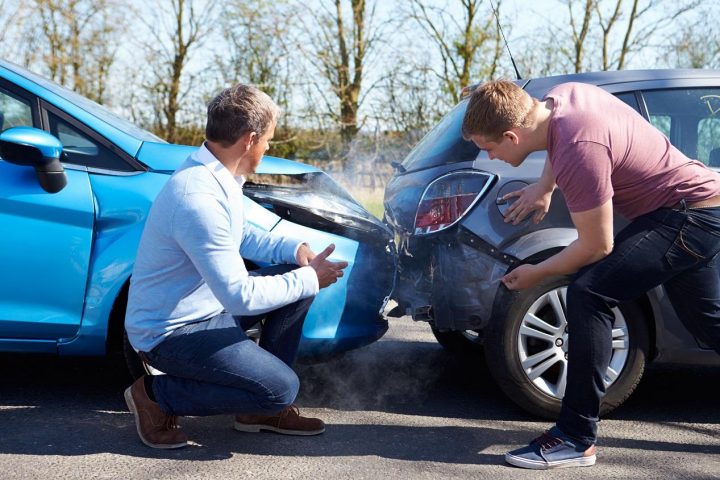 Vanarama has analysed the UK’s 100 most common job titles to reveal which occupations are considered most high risk by car insurance companies therefore charged the most for premiums and there are some surprising findings.
Vanarama has analysed the UK’s 100 most common job titles to reveal which occupations are considered most high risk by car insurance companies therefore charged the most for premiums and there are some surprising findings.
To do this, they entered the average UK’s drivers details into the UK’s largest car comparison website 100 times, changing only the job role each time. This showed which occupations are being charged the most to insure the exact same car in the UK.
Women Now Pay More For Car Insurance Than Men
To find out if there is still a gender bias in car insurance, Vanarama grouped each profession into several sectors of industry such as education, construction and retail etc. They then compared the average costs of car insurance for a 1.5L Volkswagen Golf in each of these industries to figures from the Office of National Statistics (ONS) which show us the gender bias in each sector.
Their research shows that on average, it now costs women more to insure their car than men by £15.33 per year.
“One of these is that motor insurance premiums continue to reduce and have now plummeted to £697, the lowest level seen in over four years. The latest drop follows a decrease of £33 in month-on-month car insurance prices in April – a total fall of £56 since February when the effects of the virus began to take hold in the UK. The last time premiums were this low was March 2016, prior to hikes in Insurance Premium Tax.”
He added, “As the Government lockdown has led to fewer cars on the road, there has been a drop in claims, possibly allowing some insurers to offer lower prices to customers. The latest reductions in car insurance costs are good news for drivers and should help to ease some pressure from those who are concerned about their household finances.
“Drivers aged between 17-24 stand to benefit most from the latest reductions in car insurance prices, as premiums for this age group have dropped by £69 month-on-month during April, a total decrease of £154, or 12%, since February.
“With young drivers facing higher driving costs than any other age group, and 63% of those aged 16-24 having previously said they will no longer be able to afford to run a car if motor costs rise, this reduction in premiums should go a long way in keeping our younger drivers on the road.”


